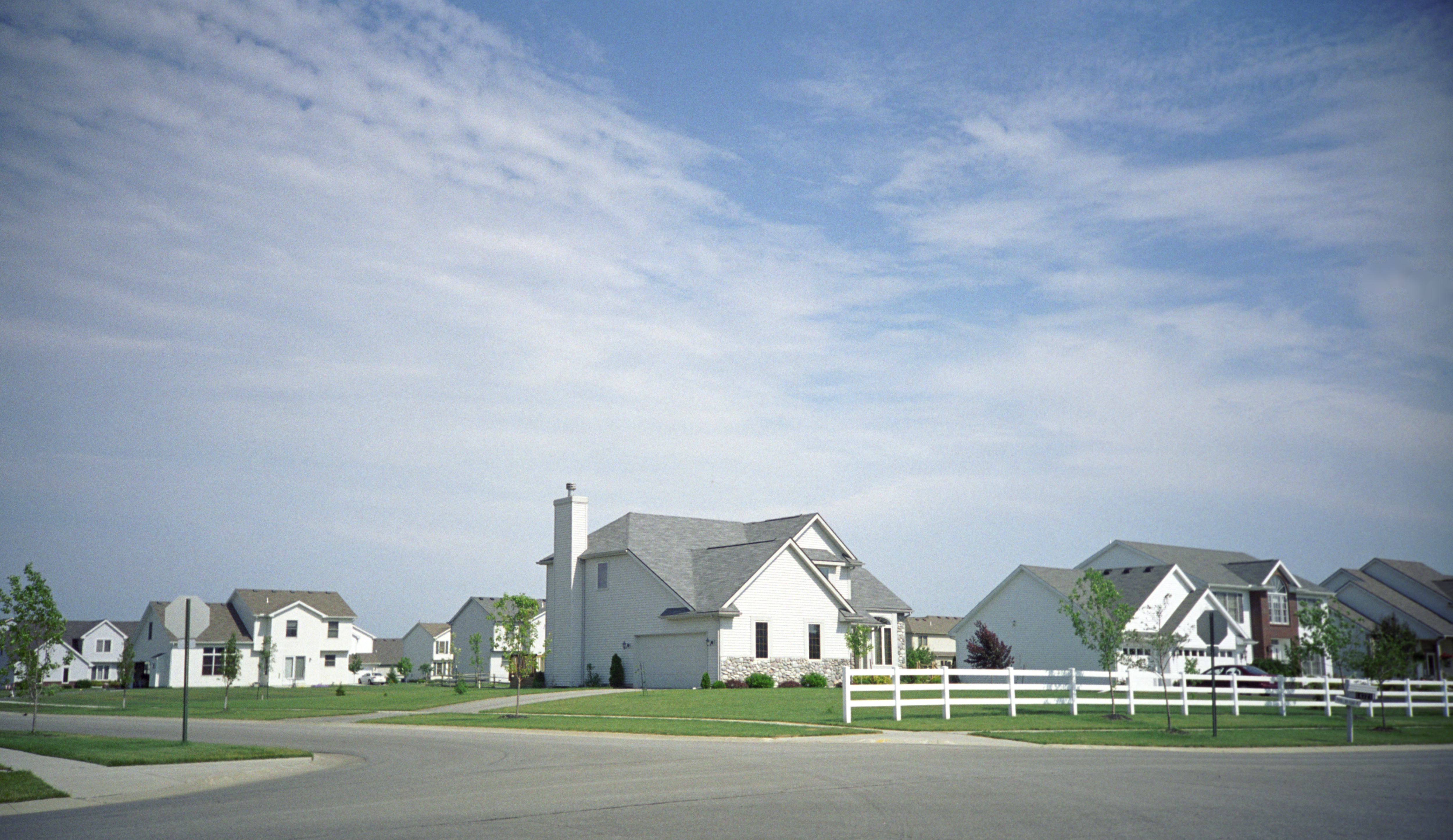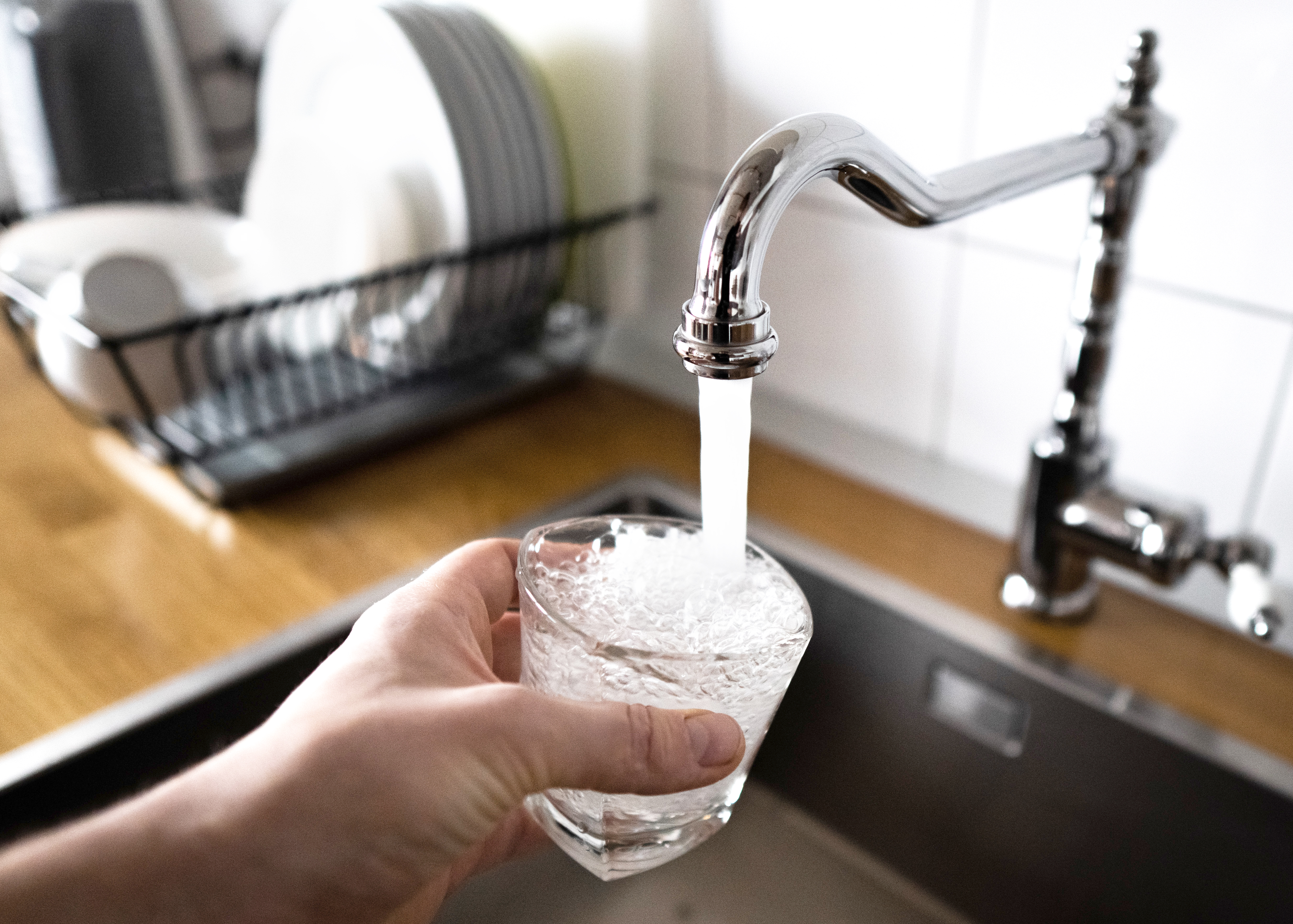
Discover the leading factors affecting your main water line replacement cost in Columbus, including length, material selection, and installation details.
Prevent plumbing problems down the line


Low water pressure in your sinks and showers can be a drag, but did you know that high water pressure is just as much (if not more) of a concern? If you’re struggling with too little or too much water coming out of your faucets and fixtures, you may have a water pressure issue—and checking your home’s water pressure is the first step to fixing it. Below, learn how to test your water pressure at a hose bib to identify potential problems and protect your plumbing.
If your home’s water pressure isn’t quite right, it can put you at risk for busted pipes, leaks, water damage, and pricey plumbing repairs. When the water pressure is too high, it puts extra stress on your pipes, fixtures, and appliances, potentially leading to blowouts and flooding. Excessive pressure can also increase your water usage and, in turn, your water bill.
You can also run into problems if your water pressure is too low. In some cases, a lack of pressure may be a sign of a hidden water leak somewhere in your plumbing. Leaky pipes can cause a slew of problems, including mold growth, water damage, and higher utility bills.

Checking your water pressure doesn’t require much prep work, but you will need one important device: a water pressure gauge. You can pick one up at your local home improvement store for $10 to $15. Look for a model with threads on the inside of the gauge—known as internal or female hose threads—so it’s easy to screw onto your hose bib.
With your pressure gauge in hand, you’re ready to head outside and test your home’s water pressure. Here’s how to test water pressure at the hose bib.
Before anything else, make sure there’s no water running inside or outside of your house. This means shutting off all fixtures, sprinklers, and appliances like dishwashers, washing machines, and plumbed refrigerators. If there’s any water circulating in your plumbing system, it could provide a false reading when you test your water pressure.
If you have multiple hose bibs, find the one nearest to your water meter (if you use municipal water) or well (if you use well water). Remove your garden hose from the faucet (if applicable), then screw the gauge onto the hose bib.
Slowly twist the hose bib’s handle until you’ve turned it on all the way. If it leaks, shut off the water and tighten the gauge again. You may need to use a wrench or pliers to seal it correctly.
With the water still on, watch the needles on the gauge until they stop moving, then take the water pressure reading. The normal range is between 45 and 60 PSI. If your reading is less than 40 PSI or more than 80 PSI, it’s time to fix your water pressure.
When you finish, repeat the process to see if you get a similar reading. If not, check your plumbing fixtures and appliances to make sure there’s no water moving through your system.

If your water pressure is too low or too high, it’s important to get it back into the normal range to avoid damaged pipes, costly leaks, and other problems. But before you call a plumber, you can try these tips to fix it yourself.
Need to increase the water pressure in your home? Here are a few tips:
Make sure that your main water valve is open, with the valve handle parallel to the water pipe.
Check your water pressure regulator (if you have one), which should be set to around 50 PSI. If not, you can increase the pressure by adjusting the nut on the valve.
Reach out to your neighbors and ask if they’re having the same issue. If they are, it’s probably a problem with your municipal water system.
Keep an eye on your water bills. If they’re unusually high, there might be a leak in your plumbing.
In the shower, plenty of water pressure sounds like a dream—but unfortunately, too much pressure can wreck your plumbing. These tips can help you reduce it:
If you have high water pressure, you need a water pressure regulator if you don’t already have one installed. This bell-shaped valve helps control the water pressure going into your home so it doesn’t damage your pipes and plumbing.
If your home already has one of these valves, you may need to adjust it to decrease your water pressure. You can do this by turning off your water at the main shut-off valve, then loosening the screw or nut on the water pressure regulator.
If these solutions don’t work, contact a plumber for help. You want to fix a high water pressure problem as soon as possible before it causes serious (and costly) damage to your plumbing system.
Testing your water pressure through a hose bib is an easy, budget-friendly task that should take about 10 minutes or less. But if you’d prefer a pro to handle it, you can reach out to a local plumber.
Be aware, though, that hiring a plumber to check your water pressure will significantly increase the price of this job. On average, the cost of hiring a plumber is between $180 and $490, with most people spending around $330 per service call.
From average costs to expert advice, get all the answers you need to get your job done.

Discover the leading factors affecting your main water line replacement cost in Columbus, including length, material selection, and installation details.

Learn about main water line repair costs in Columbus and what affects pricing to be prepared before you start getting estimates.

Learn how much plumbers cost in Columbus, Ohio. Discover pricing for faucet repairs, pipe work, and emergency services, plus how you can save money.

It’s a big issue when no cold water is coming out of the faucet. Whether it’s a pipe problem or something else, take these steps to identify the cause and get cold water flowing again.

Learn how to remove a bathtub drain for cleaning or replacing, whether you’ve got a simple toe-touch stopper or a more complicated trip-level model.

Slow drains and foul smells are telltale signs of a clogged plumbing vent. Find out how to unclog a plumbing vent without getting on the roof in this guide.